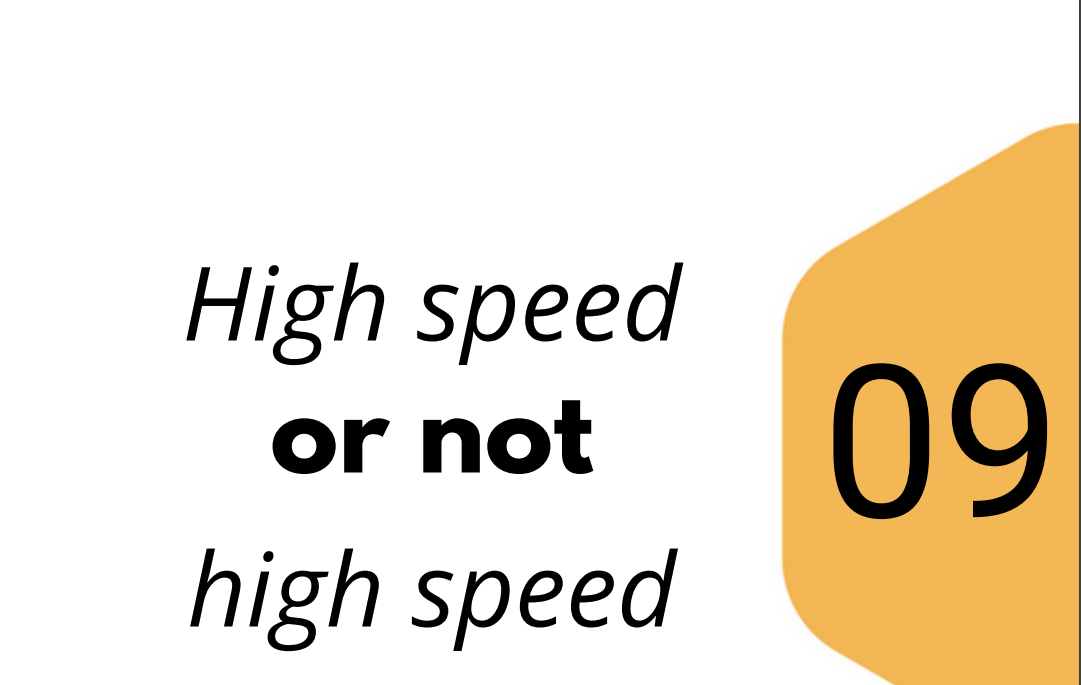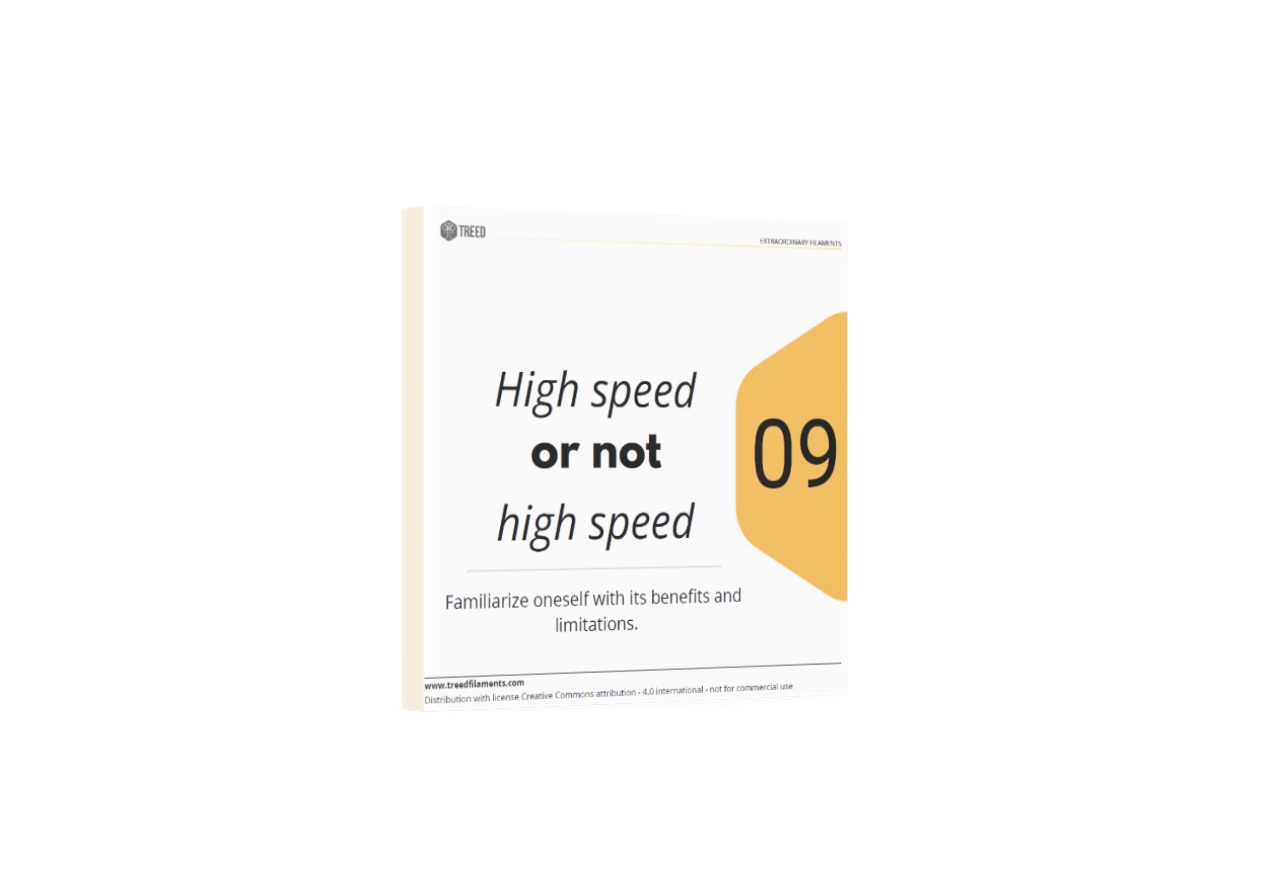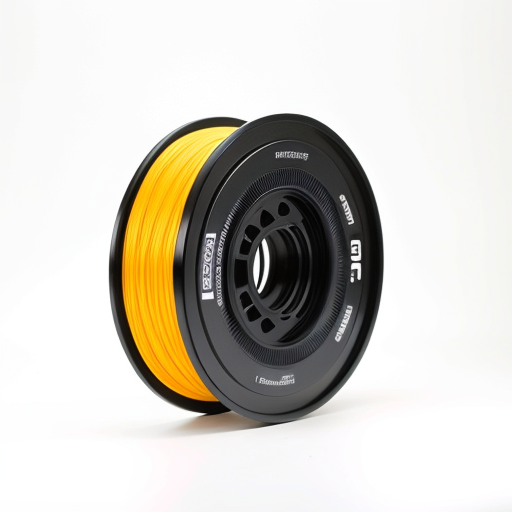Definition of High Speed
Before we evaluate the feasibility of filament 3D printers’ claims, let’s establish what constitutes “high speed” in the context of 3D printing. High-speed printing generally refers to a faster printing process that reduces the time it takes to create a 3D object. For manufacturers and users, high-speed printing can translate to increased productivity, faster prototyping, and more efficient production processes.
Hardware
Hardware plays a crucial role in achieving high-speed 3D printing. Filament printers, like any 3D printers, rely on components like extruders, nozzles, and motion systems to deposit material layer by layer. The speed of these components significantly impacts the overall printing time.
Some high-end filament printers incorporate advanced hardware features, such as dual extruders, which enable the simultaneous printing of multiple materials or colors. This can increase efficiency and reduce execution times for objects requiring multiple materials. However, the success of these features also depends on the complexity of the 3D model and the materials used.
Software
The software used in filament 3D printing is just as important as the hardware. 3D printing software, or slicers, are responsible for generating the toolpaths and optimizing the print settings. The selection of the right slicer software and skill in fine-tuning its settings can significantly impact printing speed.
High-speed printing requires careful consideration of parameters such as layer height, infill density, and print speed. Optimizing these settings can lead to quicker print times, but it’s crucial to strike a balance between speed and print quality. Faster print speeds might sacrifice surface quality, so it’s essential to adjust settings accordingly.
Materials
The type of material used in filament 3D printing also influences printing speed. Some materials, like PLA, have lower melting points, allowing for faster extrusion and shorter cooling times between layers. However, other materials, such as nylon or flexible filaments, may require slower printing speeds due to their specific properties and printing requirements.
Additionally, the size and complexity of the 3D object can affect the choice of materials and the resulting execution time. Larger and more intricate objects may require specific materials that do not align with high-speed printing.




0 Comments